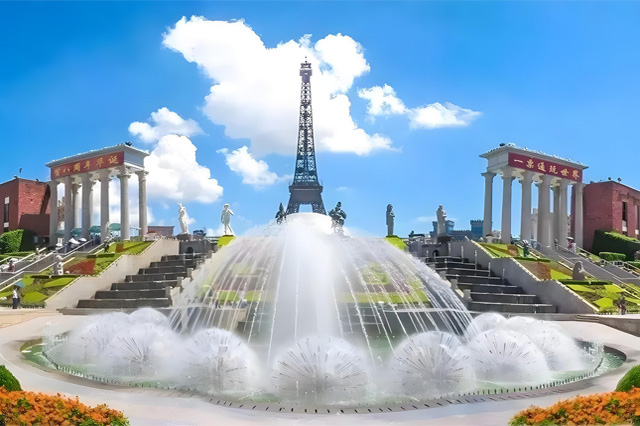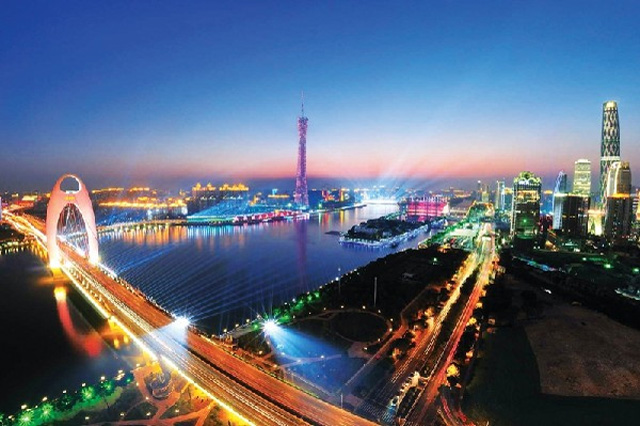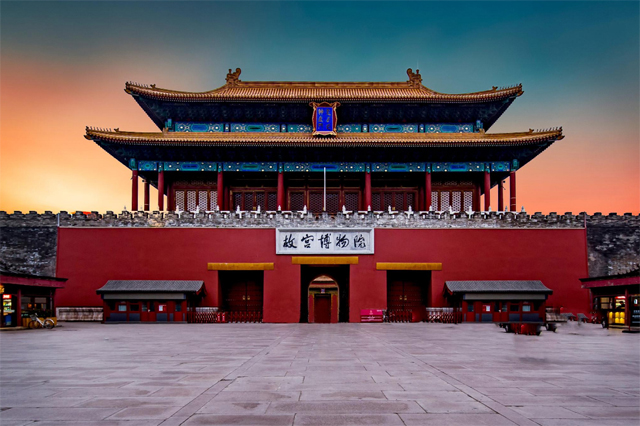宁夏5A级旅游景区汇总,带你玩转塞上江南!
- 中国旅游
- 2025-05-03 15:46
- 196
宁夏回族自治区,简称“宁”,位于中国西北地区,是中华民族远古文明的发祥地之一,是古丝绸之路上的重要节点,得黄河灌溉之利,素有“塞上江南、鱼米之乡”的美誉。宁夏在距今3万年前后就有了人类活动,元朝灭西夏后,以平定西夏、稳定西夏、西夏“安宁”之意,取名“宁夏”,一直沿用迄今。接下来小编就给大家整理汇总一下宁夏5A级旅游景区,带你玩转塞上江南!
1. 固原市六盘山红军长征旅游区
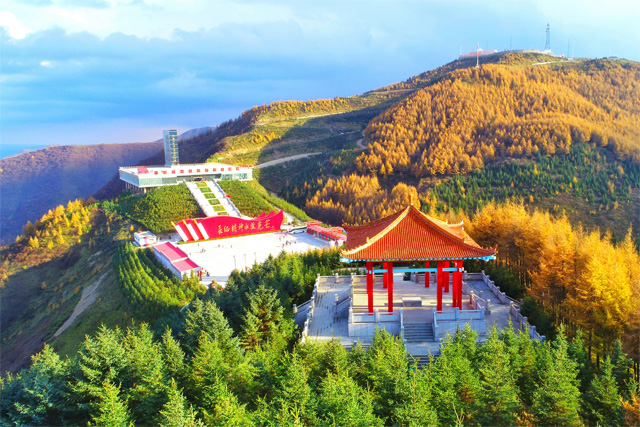
固原市六盘山红军长征旅游区,位于宁夏回族自治区固原市隆德县东侧,是国家AAAAA级旅游景区。六盘山是中国工农红军长征翻越的最后一座大山,六盘山地区是中国工农红军长征三军会师地之一,是革命老区,也是国家确定的一百个经典红色景区之一。六盘山红军长征旅游区由纪念馆、纪念碑、纪念广场、纪念亭、吟诗台和红军小道6部分组成,红军小道沿途十八个微缩景观,再现了红军长征途中所发生的重大历史事件。
2. 吴忠市青铜峡黄河大峡谷旅游区
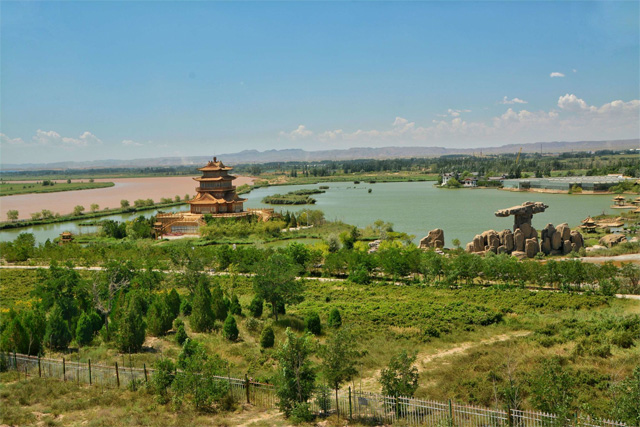
吴忠市青铜峡黄河大峡谷旅游区,位于宁夏回族自治区吴忠市青铜峡市青铜峡镇,以黄河为轴线,围绕河、峡、塔、寺、山、湿地、古道、古镇等优质资源,以黄河文化为主题,融入当地民俗风情,使景区文化呈现多样性特点。景区分为入口区、古峡观光区、黄河坛文化体验区、金沙湾生态农业观光与休闲度假区、库区鸟岛湿地观光娱乐区、牛首山宗教与民俗文化体验区六大功能区。
3. 中卫市沙坡头旅游景区
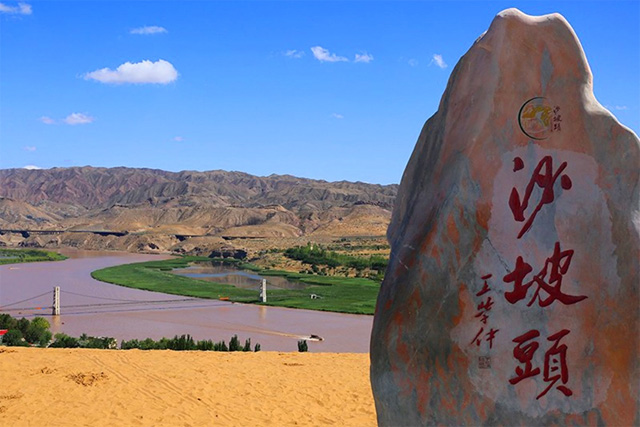
中卫市沙坡头旅游景区,位于宁夏回族自治区中卫市区以西16千米,地处中国第四大沙漠—腾格里沙漠东南边缘,集大漠、大河、高山、绿洲于一身,享有“中国沙漠旅游基地”的美誉。中卫市沙坡头旅游景区深居内陆,远离海洋,靠近沙漠,属半干旱气候,具有典型的大陆性季风气候和沙漠气候的特点,主要景点有沙漠天梯、王维观景台等。
4. 石嘴山市沙湖旅游景区
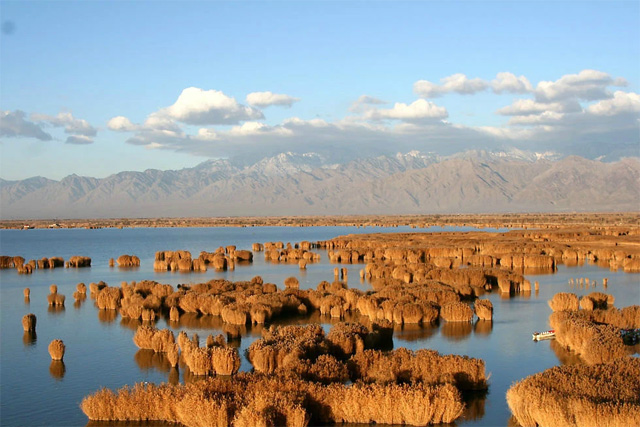
石嘴山市沙湖旅游区,位于宁夏回族自治区石嘴山市平罗县境内,是国家AAAAA级旅游景区。沙湖旅游景区既有大漠戈壁之雄浑,又有江南水乡之秀美,被誉为“世间少有”的文化旅游胜地。沙湖旅游景区已开发建设的景点项目有游乐园、瞭望塔、荷花苑、芦苇迷津、湖心鸟巢、西部大漠、西夏行宫、水上飞机、水上跳伞、水上摩托、滑沙索道、大漠沙雕、湖中荡舟、天然浴场等旅游项目。
5. 银川市水洞沟旅游区
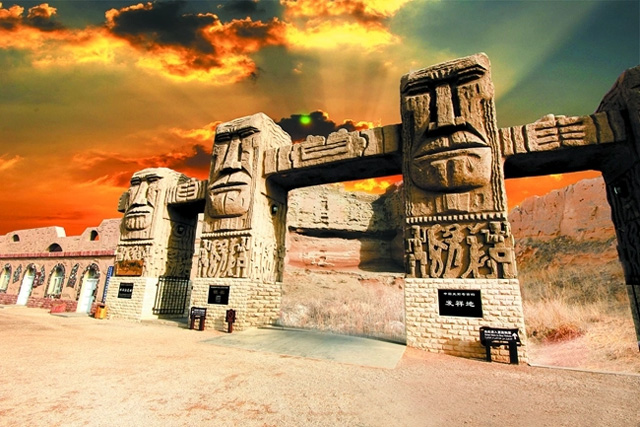
银川市水洞沟旅游区,位于宁夏回族自治区银川市灵武市临河镇境内,是在水洞沟遗址上建起的一座旅游景区,占地面积7.8平方千米。水洞沟遗址是中国最早发掘的旧石器时代文化遗址,被誉为“中国史前考古的发祥地”、“中西方文化交流的历史见证”。水洞沟遗址记录了远古人类繁衍生息,同大自然搏斗的历史见证,蕴藏着丰富而珍贵的史前资料。
6. 银川市宁夏镇北堡西部影视城
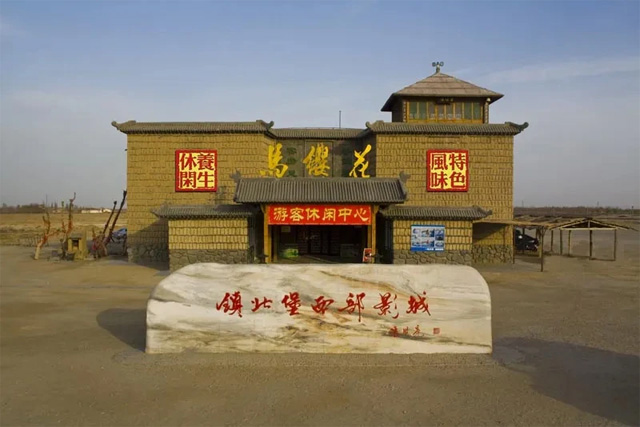
银川市宁夏镇北堡西部影视城,位于宁夏回族自治区银川市西夏区镇北堡镇境内,由清城,明城,老银川一条街三个部分组成。在中国众多的影视城中,西部影城以其古朴、原始、粗犷、荒凉、民间化为特色,是中国三大影视城之一。清城位于镇北堡西部影城北端,建于清乾隆五年(1740年),是明城被地震摧毁后奉乾隆旨意夯筑的另一个兵营,故名“清城”。明城位于镇北堡西部影城西南端,建于明弘治年间(1488年~1505年)。老银川一条街位于镇北堡西部影城东南端。
This article is edited and published by Journey Mark. If you have any questions, please feel free to contact us at any time.
Article Link:https://www.topvvv.com/en/China/125.html

